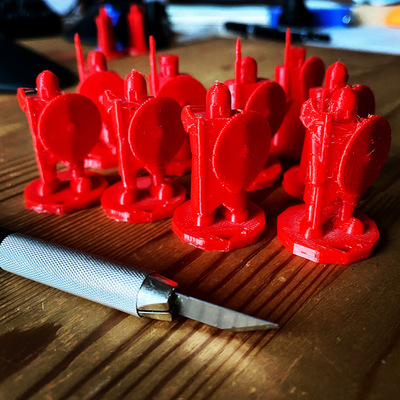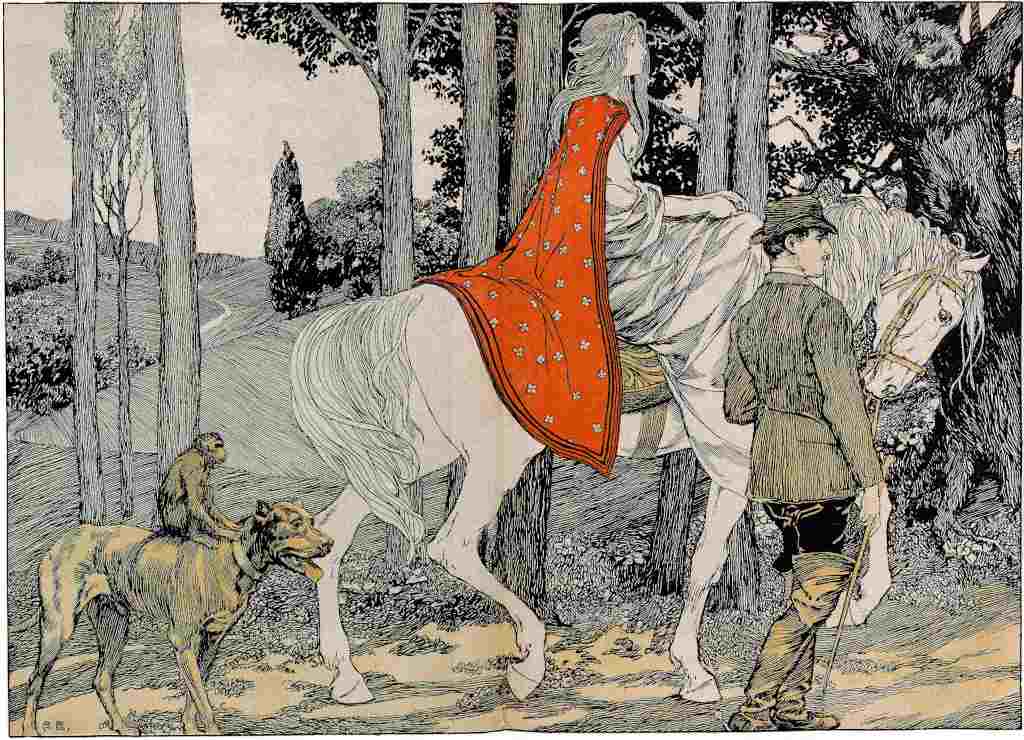
|
Qualifying Advantage |
| 2022-11-04 |
Qualifying Advantage

The post Boolean Advantage & Disadvantage got me thinking.
Having advantage, on paper, means that you select the higher of two dice when attempting an ability test. Let us consider the potential outcomes. The first is that both dice give a high enough value to succeed at the attempted task. The second is that only one die gives such a high value; however, since we want the higher die, this means that the character succeeds at the task. The character only fails if neither die succeeds. Thus we can rephrase advantage as follows: roll two dice for at least one success. Alternatively, roll one die as usual, but reroll if you fail.
It's the "roll two dice for at least one success" part that started it from me.
When I got back to role-playing games in 2020, encountering advantage and disadvantage was a pleasant surprise. It immediately made sense. Later on, I was reading that it was equivalent to a +5 or -5 and that's true between 8 and 14 as target numbers.
Players love to roll dice, and [dis]advantage adds to the drama, especially with the two dice clinking.
When I was a teenager, the main game I ran was First Legends. There, a success was qualified by the difference between the roll and the target number. Suppose the target number is 13 and the player rolls a 9 (it was a roll low system), the margin of success is 4. That easily qualifies the success (First Legends, in combats, uses that margin as the base for the damage points inflicted).
Subtractions in the range 1 to 20 aren't too difficult to compute, but as rolls succeed to rolls, there is a certain drag setting in. There should be a cheaper way to qualify success.
In vanilla Dungeons and Dragons, the quality of a result is determined by the damage roll. There are [house]rules for 1 and 20, critical successes and failures, but let's forget them for now. And also, a general skill roll is not qualified by a damage roll equivalent.
| die a | die b | -> | advantage | disadvantage |
|---|---|---|---|---|
| success | success | success 2 | success | |
| success | failure | success | failure | |
| failure | success | |||
| failure | failure | failure | failure 2 |
The table here should be easy to grasp, it merely introduces "success 2" and "failure 2". In order to benefit from a "success 2", a player must seek the advantage. In order to avoid "failure 2", a player stays away from any disadvantage.
Never engage a fight at a disadvantage. Build ambush, cherish surprise. Act prepared.
"success 2" could be "critical success", hence double damage or something like that. Those critical successes would not happen on 20, but advantage and double success.
This post is titled "Qualifying Advantage", that's short and ambiguous (I like those), the real title would be "Qualifiying outcomes when a [dis]advantage mechanism is in use". I am not advocating mapping "success 2" to "critical success", and "failure 2" to "critical failure". I am merely interested in qualifying outcomes.
| die a | then, die b | -> | advantage | disadvantage |
|---|---|---|---|---|
| success | success | Yes, and | Yes | |
| success | failure | Yes | No | |
| failure | success | Yes, but | No, but | |
| failure | failure | No | No, and |
The next step is probably looking at Powered by the Apocalypse, hence the second table here.
To introduce "Yes, but" and "No, but", I consider roll b comes after roll a. A success in roll a makes for a dry outcome, while failure-then-success is more nuanced.
The cost for the referee increases, they have to track a-then-b and have to come up with something for ", and" and for ", but".
Maybe it's worth exploring.
